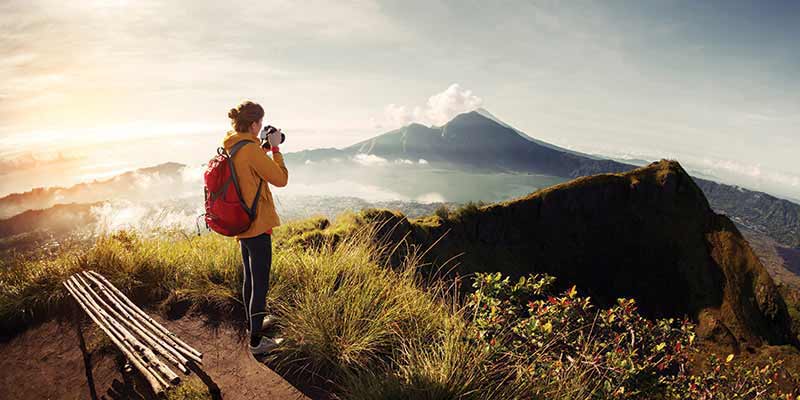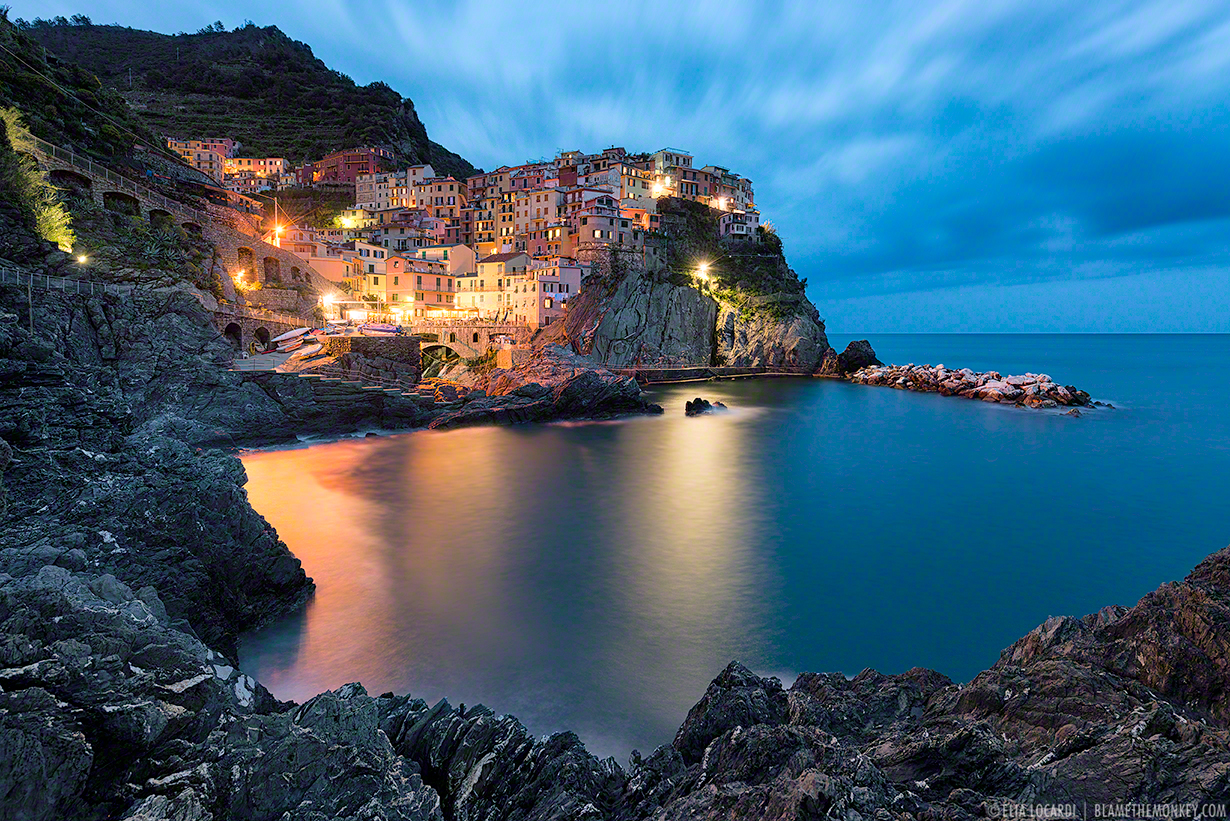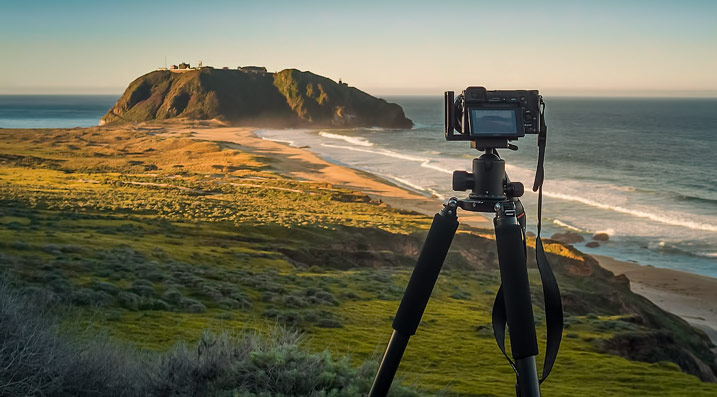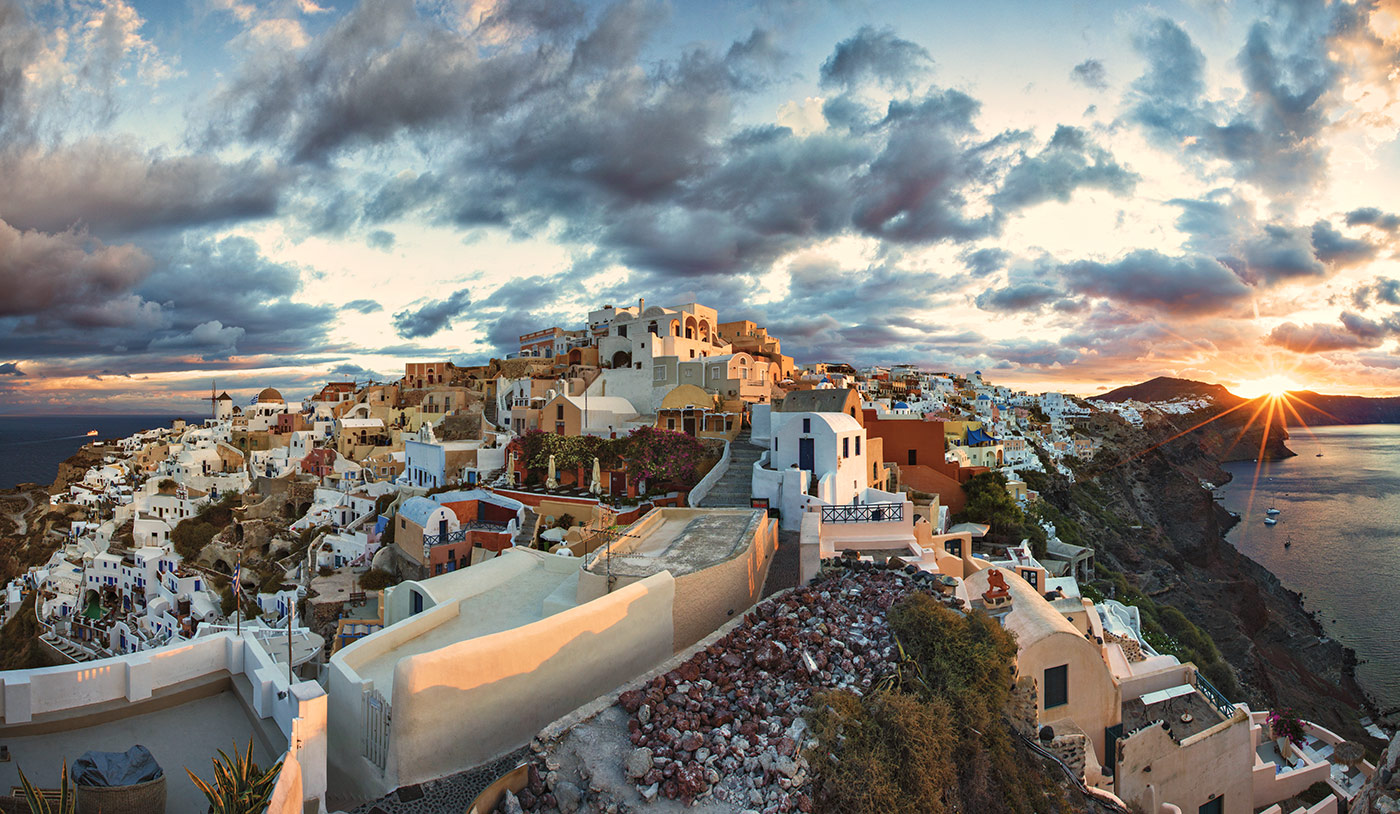Too many people have the idea that being paid to take photographs of exotic places is the ideal job. It may take years of effort to be paid by magazines such as the National Geographic, but are there better ways to become a travel photographer. As most people have more leisure time, more holiday time, and more disposable income, the demand for travel photographs has increased dramatically. Not only are they in demand for travel brochures, but they're also used extensively in other advertising copy.
Images necessary for sale and publication require rather more skill than those applied to standard holiday snaps. "The real voyage of discovery consists not in seeking new landscapes but in having new eyes." Was a quote by the French novelist Marcel Proust, and it appears to be of particular use to the travel photographer.
Investigate the possibilities of becoming a contracted photographer at Lonely Planet Images. Lonely Planet Images is a digital library of travel photography. They have submission guidelines available for download at their website. They are a subsidiary of what used to known as the Lonely Planet Guide, and currently have 400 photographers on contract. You can also increase your chances of breaking into the very lucrative travel market, by entering competitions such as the Travel photographer of the Year . There closing date for submissions is September 5th 2005.
A camera is merely a box, that captures light, and in a studio, it is very easy to manipulate light. The reality of location photography is that it is generally expensive; you have the expenses of air tickets, hotels and meals on top of normal expenses. At the end of the day you are at the mercy of "weather", no one wantto see their ideal location subject to rain clouds.
When we talk of light in terms of travel photography we are talking about intensity, as most travel shots are taken outdoors, In general there is harsh direct sunlight and diffused soft light. Harsh light is when the sun is directional, and it is great for capturing deep contrasts between light and shadows. With this type of shot, it is difficult to judge the exposure. If you direct your exposure towards the light, that will leave your shadows without any depth or definition. Conversely if you use the correct exposure for shadow, then the light areas will be without detail, giving a vaguely sinister result to the image.
Unfortunately your drawback here is film, the human eye is capable of registering contrast to a ratio of 800:1, slide film is capable of only 30:1, which is slightly improved, by going digital at a ratio of 40:1. Professional photographs have all passionate views on their favourite brand name of film in this situation, but they are all in accord that you need a slower speed films, as they record better contrast and grain. ISO/ASA rating of a hundred is about the fastest film to use. It is important that you use a good photovoltaic cell (either a separate light meter or one inbuilt into the camera). Once the light meter has registered the light, the camera is capable of indicating the aperture opening required, and the shutter speed. The speed of the film is also taken into this equation. You need to measure the darkest and the lightest areas.
Your immediate decision is whether to correctly expose the dark and emphasize the shadow and leave the light areas washed out or to correctly expose the light and leave the shadows without definition.
Using light correctly greatly enhances your colors, the diffused lighting just after and dawn and just before sunset is helpful here. The technical reasons for this are simple when the sun is nearest to the horizon; the light has a greater distance to travel through pollution, ozone, water vapour and dust. This means that wavelengths at the violet end of the spectrum are more scattered, than the colours at the red end. This allows the blues to absorb more colour than at the red end, so the sunlight appears more golden. To study the more technical aspect of lighting, you may like to take an online course.
An inexpensive, but invaluable tool for the outdoor photographer is a polarizer, as they improve the ambient lighting. They will always emphasise the blue of the sky, whilst minimizing glare. This will allow you to capture the colors you want to make a saleable photograph. More importantly it reduces the contrast in a photograph by creating a more even tone, it restricts the very much lighter and darker tones, in the image. Mike Johnston gives an excellent technical explanation of this in his excellent online course. He has also written an excellent tutorial on color theory, which explains the use of color to improve the quality of your outdoor images. Photographers who use digital imaging will also find this article tremendously helpful in enplaning how to improve the final image with regard to colour.
Research is a great tool for the travel photographer, and the Internet is a great help, but don't forget to use local knowledge, ask local taxi drivers, as well as the tourist boards for inside information on a location. City photography is also included in the aspect of travel photography and here taxi drivers' knowledge can be invaluable. You can also try and coincide a trip with local festivals. If you can oversee a vantage point you can use a zoom lens to great effect without the embarrassment of having to foist a camera into someone's face. Also local festivals give opportunities to capture a part of the local culture.












Tidak ada komentar:
Posting Komentar